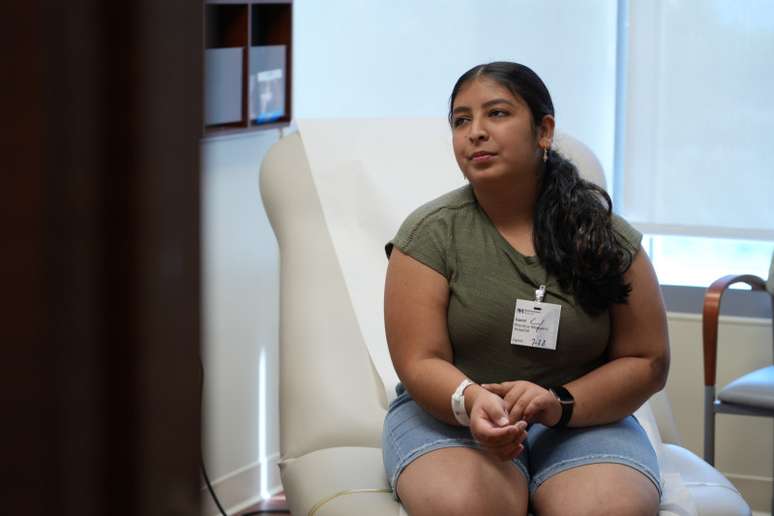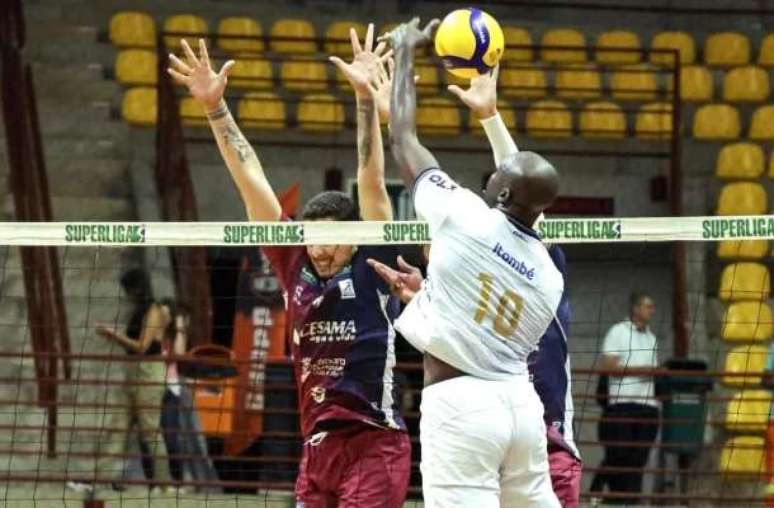In the wave of holistic therapies and at the pinnacle of self-knowledge methods, Reiki is such a simple and effective healing technique that very soon you will want to try it. In Reiki, the cure is given by the imposition of the […]
In the wave of holistic therapies and at the pinnacle of self-knowledge methods, Reiki is such a simple and effective healing technique that very soon you will want to try it.
In Reiki, healing occurs through the laying on of hands and, at more sophisticated levels, through the eyes, or even remote sending through intention of the mind – more precisely from level two (see levels below). It is an absolutely simple and natural option, with no need for rituals or fancy artifacts to practice.
Reiki has nothing to do with religion, cults or dogmas. It is for everyone, regardless of creed, age group, cultural background. It all started in Japan in the 20th century, but it was widely spread in the West and today it can be found in many countries and in different ways. In the West, other techniques were incorporated into the Japanese method, giving rise to new “modalities” of Reiki.
Reiki has been recognized by the World Health Organization (WHO) since 2007, the technique is part of the integrative therapy center of major hospitals in countries such as England, Argentina, Canada, Portugal, Switzerland, Germany, Australia, South Africa. According to the University of California (UC) website, there are more than 800 hospitals in the United States that offer Reiki as a complementary therapy for healing and pain relief.
In Brazil it has been offered by the Unified Health Service (SUS) since 2017, when it was included as Integrative and Complementary Health Practices with decree n. 849 of the Ministry of Health (SM), alternatively, complementary therapy that does not interfere with conventional care. Numerous studies demonstrate its effectiveness, as it causes relaxation and balance in human beings, promoting recovery from diseases.
Balance – colored stones arranged.
benefits of reiki
Reiki treatment is indicated for a variety of imbalances, such as anxiety, stress, insomnia, physical pain and emotional problems in general. The length of treatment varies depending on the problem and the person’s response. At least ten sessions of approximately 1 hour each are recommended.
But the benefits of Reiki, such as comfort, peace, relaxation, well-being and tranquility, are felt almost immediately by the recipient of the energy. It is never advisable to discontinue traditional medical care. Reiki presents itself as an ally for well-being and alignment of the energy system, enhancing conventional treatments.
Some patients report pain relief (usually in the spine, knees and migraine) after the session. In the southern region of the country, four academics linked to the Graduate Program in Nursing – Federal University of Santa Catarina (UFSC) – set out to research the benefits of Reiki in elderly people with chronic pain. The goal was to identify and analyze the benefits experienced with the practice of Reiki in elderly people with chronic non-cancer pain. The data was collected in 2012 when ten elderly people with pain disorders underwent five sessions of Reiki.
At the conclusion of the research, the academics assessed that, in general, “after the application of Reiki, the research participants mentioned the activation of their energy, referring to this as the relief of their pain, promoting relaxation of the body and reducing anxiety.In conclusion, shortly after five sessions of Reiki, the elderly showed significant improvement in chronic pain disorders, as well as contributions from a greater balance of the older person’s physical, mental, emotional, and spiritual needs. “
It is no coincidence that Reiki is also used to treat cancer patients. In that same article an interesting study was reported on the application of the technique in cancer patients: the results indicated a decrease of more than 50% of suffering characterized by anxiety, depression, pain and tiredness. The volunteers reported that they would like to continue using Reiki, as they have achieved relaxation and felt spiritual well-being.
More than talking about this energy, the ideal is to have the opportunity to feel it. Reiki is much more than just touching with your hands. For those truly interested in holistic healing, and seeking effective transformation, it becomes a way of life.
You can be a Reiki Master
The person interested in becoming a Reikiana need only find a qualified master to initiate it and after a certain amount of theory, including learning the symbols that attune this energy, it becomes a Reiki transfer channel.
It is an absolutely simple and natural option, with no need for rituals or fancy artifacts to practice. There are three levels taught in this technique, requiring a gap of three months between the first two levels and six months between the second and third levels. The first, the basic level, teaches energy, the functioning of the chakras and the history of Reiki; at the second level you learn the symbols and some techniques of daily use, including the sending of energy at a distance; and at the third and final level, the practitioner receives the symbol of inner mastery. Also, for those who really want to delve into and teach, you can become a master, which takes a bit more time, as the function has its own requirements and responsibilities.
Source:
Research Graduate Program in Nursing – Federal University of Santa Catarina – The benefits of Reiki in older people with chronic pain
http://www.scielo.br/scielo.php?pid=S0104-07072014000401032&script=sci_arttext&tlng=pt
Rachel’s Reiki
Source: Terra
Ben Stock is a lifestyle journalist and author at Gossipify. He writes about topics such as health, wellness, travel, food and home decor. He provides practical advice and inspiration to improve well-being, keeps readers up to date with latest lifestyle news and trends, known for his engaging writing style, in-depth analysis and unique perspectives.









